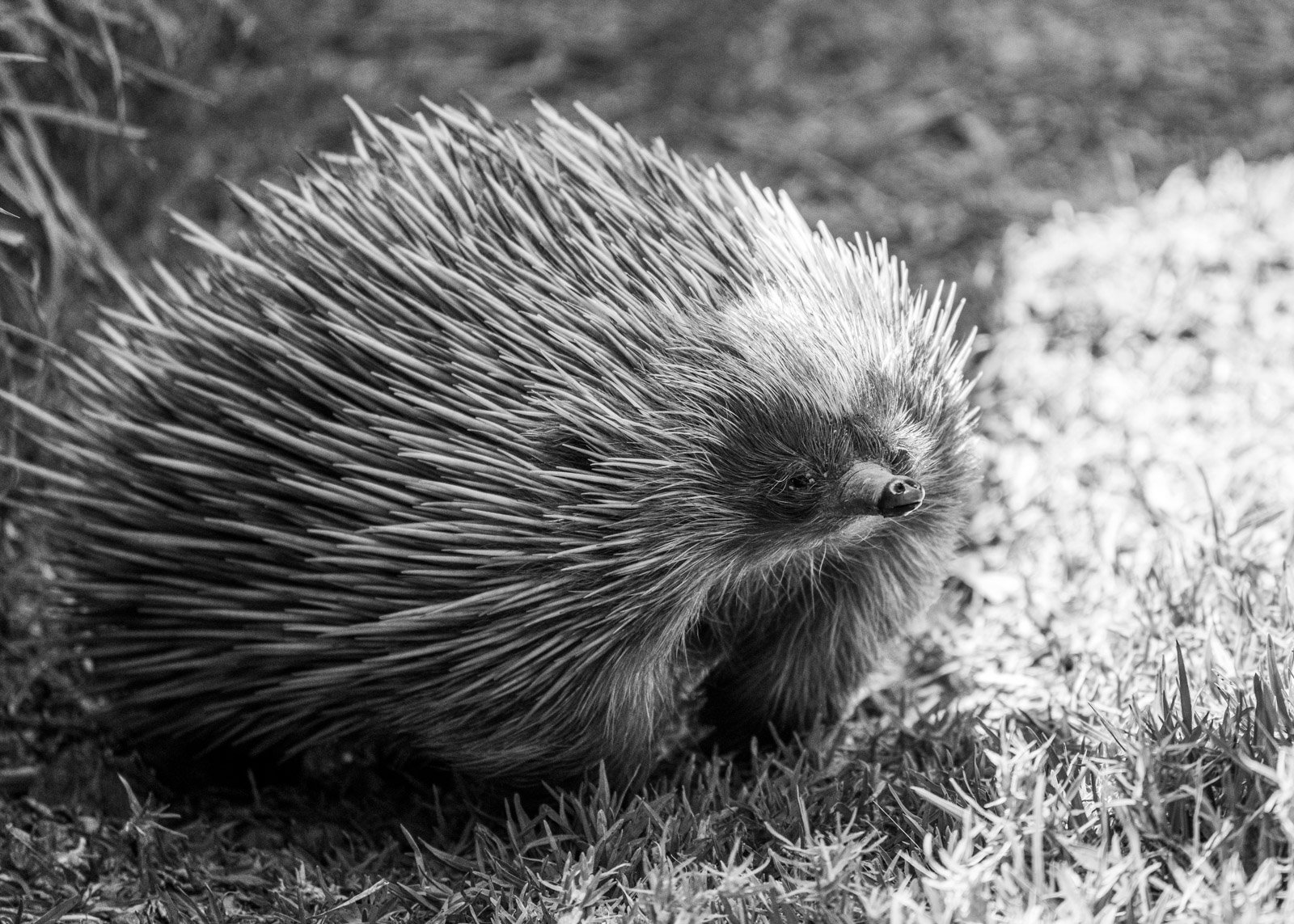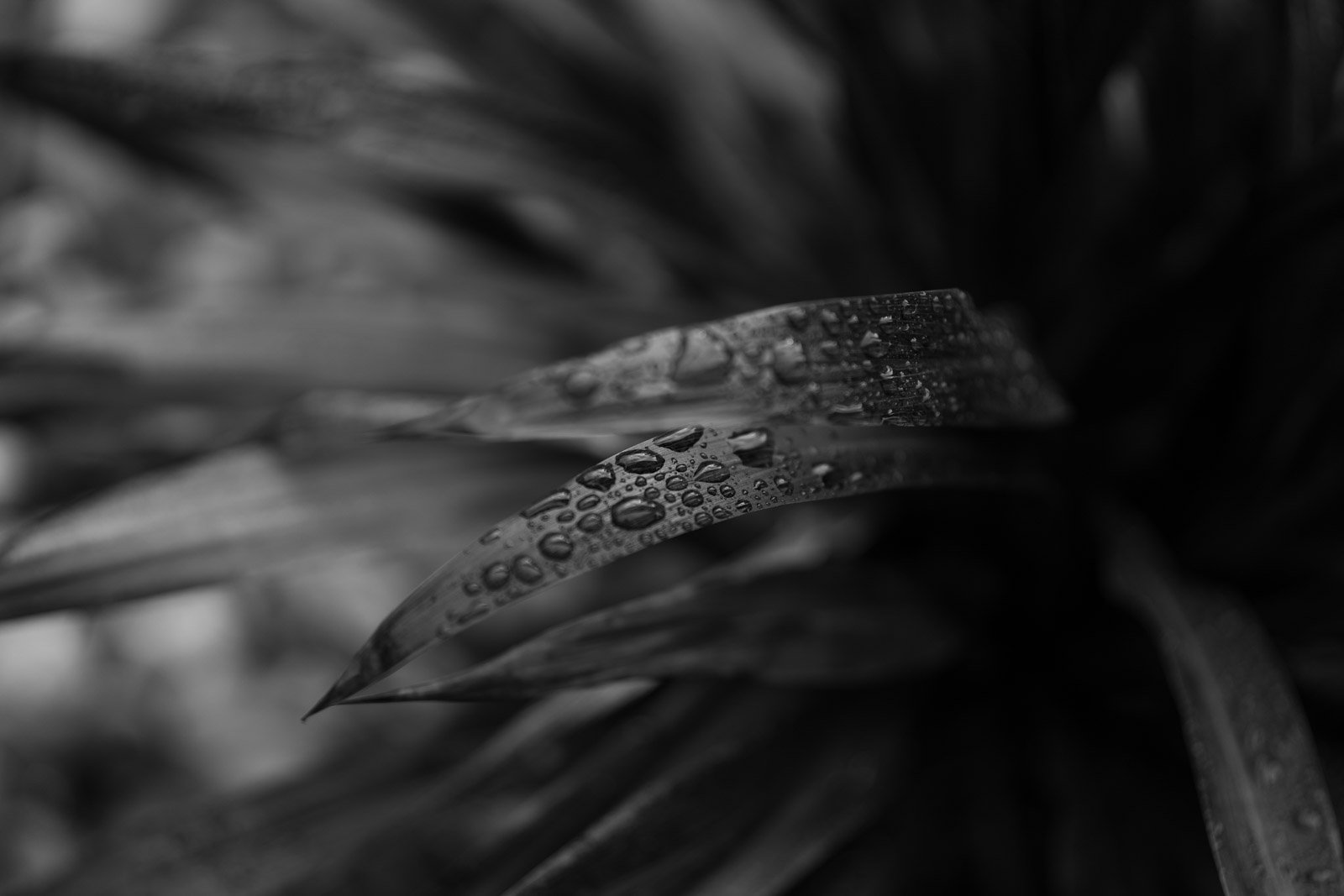Black and white photography and seeing the world in monochromes
In a world saturated with vibrant colours, black and white photography stands out as a timeless art form. It’s a deliberate step away from the visual feast we experience every day, inviting us to see the world through a different lens – one of stark contrasts, subtle tones, and a timeless elegance.
More than just the absence of Colour:
Black and white photography isn’t simply the absence of colour. It’s a process that elevates light, shadow, and texture to new heights. The removal of colour forces the viewer to focus on the composition, the play of light and dark, and the emotional essence of the image. A captivating black and white photograph can evoke a range of emotions, from serenity and peace to rawness and drama.
Benefits of Monochromes:
Enhanced Emotion: The absence of colour allows the photographer to evoke specific moods and emotions. A stark contrast between black and white can convey a sense of drama or urgency, while subtle gradations can create a sense of calm and contemplation.
Focus on Form and Texture: Without colour to distract the eye, viewers are drawn to the details – the lines, shapes, and textures within the image. Black and white photography encourages a deeper appreciation for the composition and the underlying structure of a subject.
Timeless Appeal: Black and white photographs transcend time and trends. They have a classic quality that isn’t bound by the fleeting nature of colour palettes. This allows them to connect with viewers across generations and cultures.
Seeing the World anew:
Black and white photography challenges us to see the world in a new light. It forces us to slow down, to appreciate the subtle details. To connect with the subject on a deeper level. It’s a reminder that beauty can be found in the absence of colour. In the interplay of light and shadow, and in the raw emotion conveyed by a perfectly captured moment. As photographers, we can choose to shoot in colour or black and white. I often have the creative mode on my camera in Monochrome or B&W. I can then see my subject without the distraction of colour. My raw images are still in colour, but the playback on the viewfinder is B&W. It doesn’t matter whether I am photographing a landscape, a portrait or a macro image. I can shoot all of these in B&W.
Taking the plunge:
Whether you’re a seasoned photographer or just starting out, exploring black-and-white photography can be a rewarding experience. Here are some tips to get you started:
Shoot in RAW format: This allows you to have more control over the final image in post-processing. Shooting in a B&W or monochrome as a creative preset doesn’t mean it has to be a B&W as a final product. But it gives you options for both. Likewise, if you shoot in colour, of course, you can edit to be B&W. Raw gives you options.
Pay attention to light and shadow: Light becomes the primary tool for creating depth and dimension in your images.
Experiment with contrast: Explore the range of greys from pure white to deepest black to create a sense of drama or a more subtle effect.
Look for strong compositions: Black and white photography often relies on strong lines, shapes. Negative space to draw the viewer’s eye.
By embracing the world of black and white. You’ll open yourself up to a new way of seeing and capturing the beauty that surrounds you. So grab your camera, explore the possibilities of monochromes, and discover the enduring allure of black-and-white photography.










